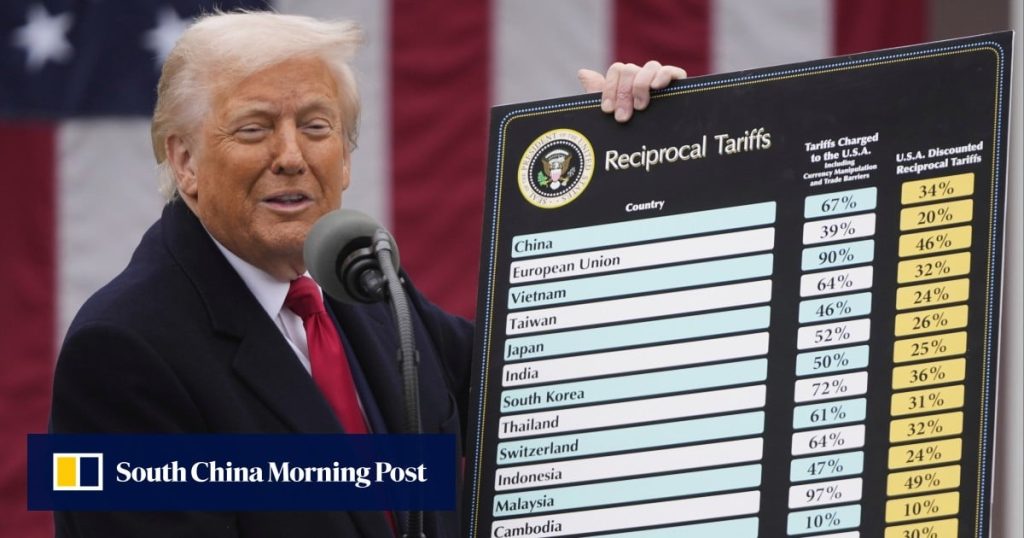Beijing must be watching with satisfaction as US President Donald Trump has, in less than 200 days, come close to unravelling one of the few foreign policy legacies of his first term: the fragile coalition countering China in the Indo-Pacific.
The rationale behind Trump’s deliberate straining of ties with India and Japan – two of Washington’s most vital regional partners in balancing Beijing – through tariffs, sanctions threats and incendiary rhetoric remains opaque, likely driven more by domestic political posturing than strategic coherence.
Since April, Trump has slapped 25 per cent “reciprocal tariffs” on India and threatened an additional 25 per cent in secondary sanctions over its continued imports of Russian oil, effectively raising duties to 50 per cent.
While the US leader claimed on Monday that the steep tariffs had dealt a “big blow” to Moscow’s beleaguered economy, the move has plunged US-India relations to their lowest point since 1998, when Delhi conducted its nuclear tests and faced an international backlash.
Indian Prime Minister Narendra Modi, who skilfully navigated relations with Trump during his first term and was among the first foreign leaders to visit the White House following Trump’s return, was clearly taken aback by the tariffs and the US leader’s overtures to India’s arch-rival, Pakistan.


